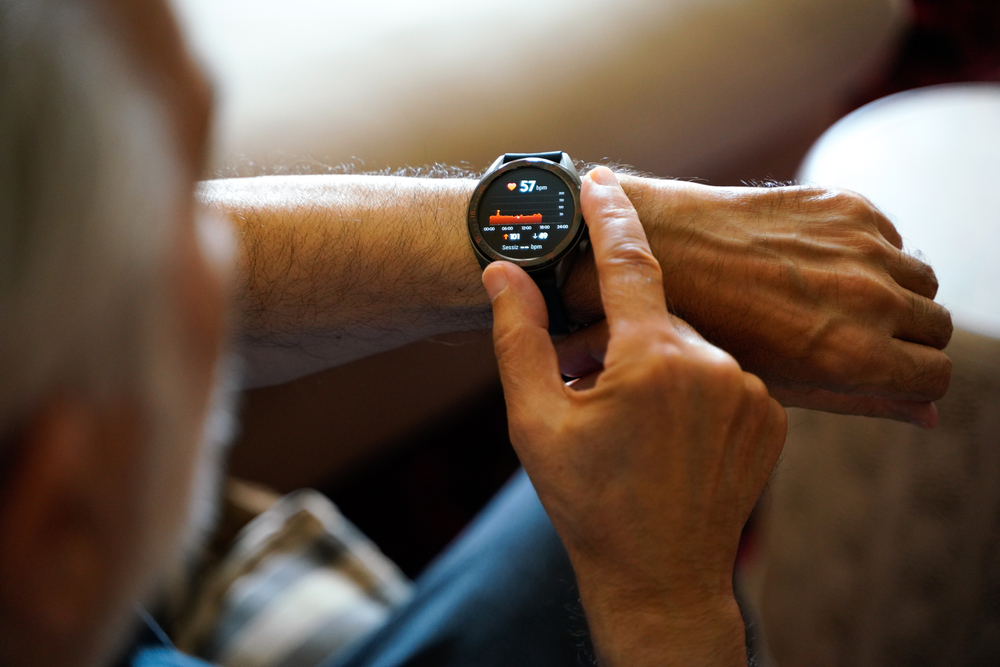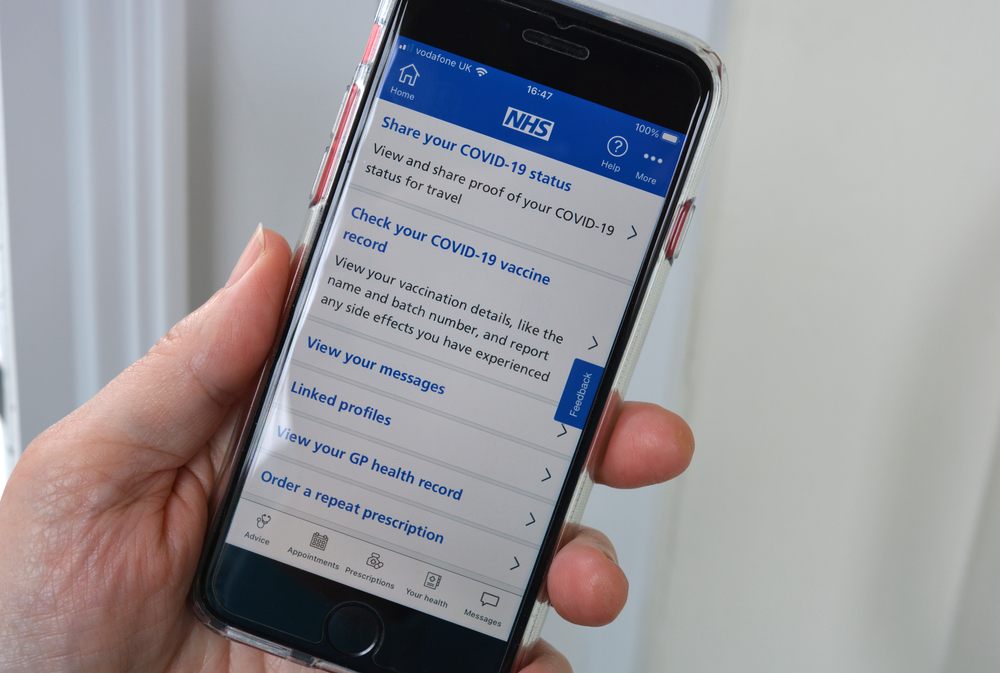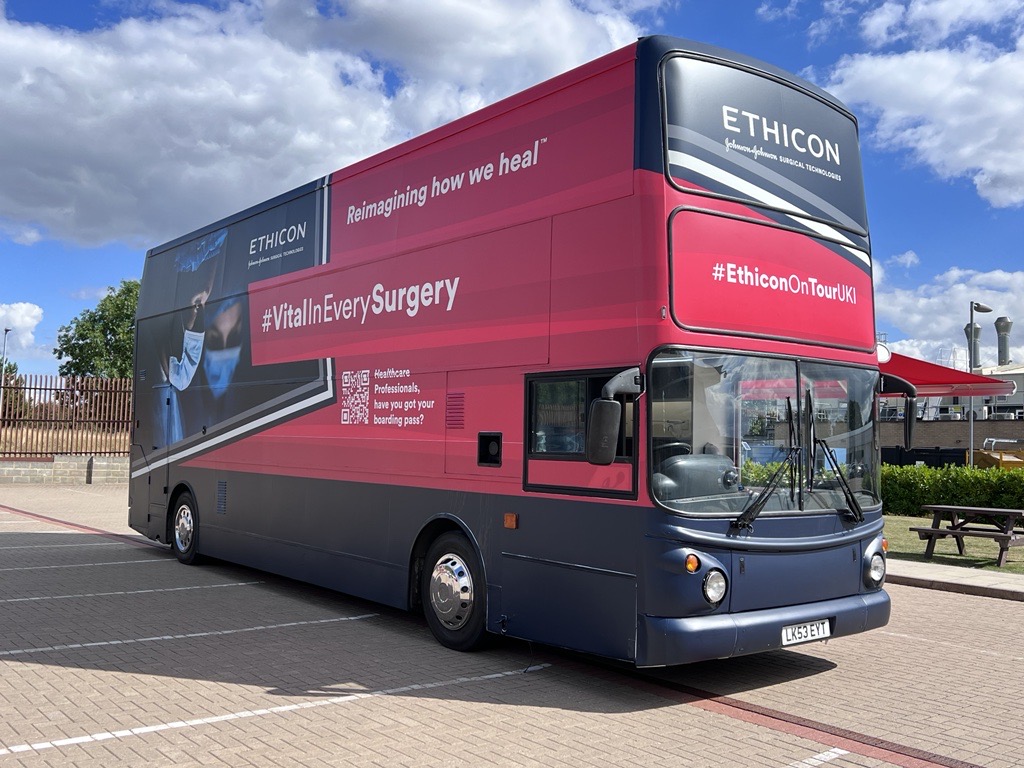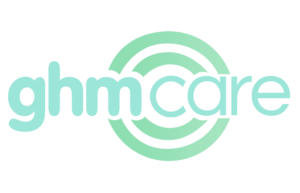Why personalised care must go beyond ‘patient-centricity’

Dr Rob Simister, Clinical Director for Stroke and Acute Neurology, University College London Hospitals (UCLH) NHS Foundation Trust, writes about how digital platforms can help personalise stroke care, leading to better outcomes for patients and carers.
‘Personalised care’ is a term that has become ubiquitous, and something that the NHS has been striving to achieve for some time. As an NHS consultant, I understand the aim of personalised care to be the provision of a care programme that is tailored to the specific needs of each patient, and delivers better outcomes and a better life experience.
This ambition to create a personalised recovery pathway for survivors of medical emergencies, such as stroke, is critical. Such patients will have specific patterns of injury, risk factors, treatment programmes and rates of recovery. Each patient also brings with them a specific life history, expectations and hopes for the future. We can only help individuals to recover in the best way possible if we take all these elements into account. The challenge is the delivery of this personalised care across the wider patient group, and so far, we have struggled with this.
This is where technology can make a huge difference. By creating bespoke packages of support, we can equip patients, their families and carers with information pertinent to the event and help them understand what to expect throughout their recovery journey and how to manage their health and reduce the risk of secondary stroke in the future. Critically, this can be done at scale.
Personalised information is personalised care
Annually, 15 million people worldwide suffer a stroke and it is one of the most common causes of death. There are approximately 1.3 million stroke survivors in the UK and many more family members living with the sudden, unplanned and life-changing consequences of stroke.
Stroke occurrence is associated with a number of modifiable and unmodifiable risk factors. Lifestyle choices, weight, and compliance with medications and environment factors are all potentially modifiable. However, we need to ensure that everyone has access to the right information presented in an accessible way, something which remains challenging particularly for minority groups and people who are socially disadvantaged. We need to ensure that this information takes account of unique experiences, background, spoken language and life challenges. This is essential in helping more people to understand their stroke and improve their recovery outcomes.
Filling the gap
To try to bridge this gap, I have been involved in the development of a digital platform called My Stroke Companion. This technology offers patients a visual and interactive support package of information, which is specific to their type of stroke, risk factors and treatment plans. While the information provided is designed to be as accessible and as easy to understand as possible, it crucially helps the patient to answer: why did this stroke happen to me? What does my recovery look like? How do I prevent it from happening to me again?
Accessible content is especially important in conditions such as stroke, where patients can struggle to take in information due to tiredness or fatigue, or difficulties processing information. This is even more difficult for patients who also experience language barriers or have pre-existing communication needs.
We are currently piloting My Stroke Companion with 500 patients – the first pilot of its kind to take place. Each patient has been given a personalised information prescription, which they can share with family members and carers, helping them to manage their condition. We have been really pleased to learn that, particularly in the earliest phase of recovery, some of the main beneficiaries of the support packages have been carers, who have valued the dedicated content that helps them to provide better care. This develops the idea of personalised care further – so that it is not just patient-centred, but also relevant and useful for carers and family who are also often deeply affected.
This positive impact could easily be replicated across other health conditions, such as cardiovascular disease and respiratory conditions, with development of these resources following a similar process of co-creation with patients, carers and digital specialists.
Better for patients, better for the NHS
Personalised digital support packages can also help trusts to create system efficiencies, which is especially crucial now that staff and services are so stretched. By providing information that can be accessed in the comfort of a patient’s home, it is possible for patients to have time to understand more deeply what has happened – and what will happen next. We hope this will lead to improved medication adherence, participation in therapy and in better lifestyle choices – leading to fewer recurrent events, less time in hospitals and better outcomes.
We also hope that the platform will help overstretched NHS clinicians by acting as a trusted resource for patients and carers, and so release this highly pressurised group to be more available for direct care delivery.
Digital personalised support offers an opportunity for the NHS to channel the right information to the right patients and help patients to gain more control over their condition after a life-changing health event.












